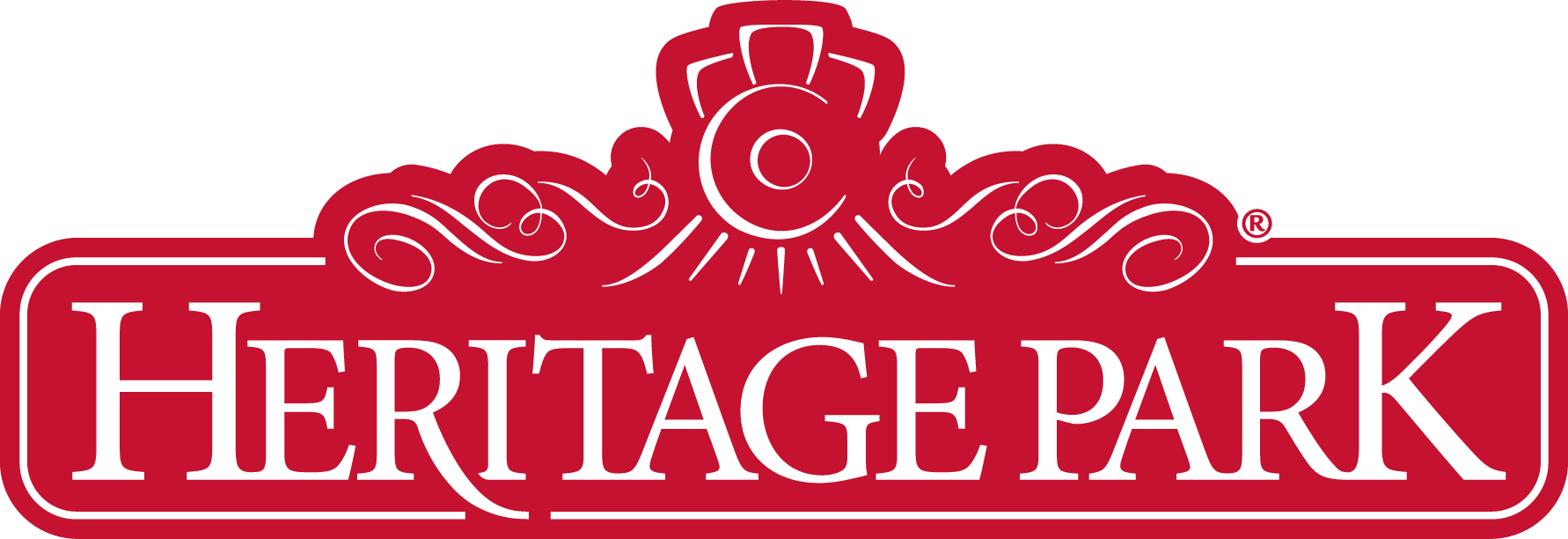Climate Town
For Heritage Park
Family Friendly City Simulation
Heritage Park, a living history museum located on 127 acres of parkland along Calgary’s Glenmore Reservoir, approached us with a challenge that resonated deeply:
How could we create a game for families that explores energy transition—the shift away from fossil fuels like coal and oil sands toward cleaner, more sustainable energy sources such as wind, solar, hydro, and natural gas?
Challenge
The game needed to be accessible to all ages, quick to play in a museum setting, and capable of illustrating the systemic nature of energy use. Most importantly, it had to communicate the real-world impact of energy transition on communities—within a single-player, walk-up experience.
And it needed to be played on enormous vertical touch-screen plinths.
Approach
Our goal was to highlight the positive impacts of energy transition on everyday life, while also reflecting research that underscored the social costs such transitions can carry if not carefully managed.
We created a fictional neighbourhood where the player assumes the role of mayor for 100 days—about five minutes of gameplay (while standing in front of the big plinths).
The objective? Implement improvements to reduce carbon emissions before being voted out. The twist: each improvement costs social goodwill. Some actions generate goodwill while others deplete it, forcing players to carefully balance environmental benefit with social acceptance. The challenge was to maximize carbon offset without depleting goodwill and being kicked out early —a systems-thinking puzzle in disguise.
Technical Challenges
Heritage Park wanted the game to run on large, vertically oriented touchscreens. However, the onboard hardware wasn’t up to the task of running interactive games. Our solution was to discreetly install Mac Minis inside the touchscreen plinths to handle the game’s performance needs.
As launch approached, we encountered unexpected compatibility issues between our software and the park’s touchscreen technology. Despite extensive planning, we were pushing the hardware to its limits. With no budget to travel to Calgary, we coordinated remotely: a local producer supported the project on the ground, while a trusted Toronto studio was on standby for on-site troubleshooting. Fortunately, a physical visit wasn’t needed—everything came together just in time for the exhibit's debut.
One final technical twist: while the game was designed for solo play, all four plinths communicated with one another, enabling a shared scoreboard. Visitors could view the cumulative carbon savings of "Climate Town"—measured in the millions of tonnes—based on every visitor’s contribution.
Results
How could we create a game for families that explores energy transition—the shift away from fossil fuels like coal and oil sands toward cleaner, more sustainable energy sources such as wind, solar, hydro, and natural gas?
The game needed to be accessible to all ages, quick to play in a museum setting, and capable of illustrating the systemic nature of energy use. Most importantly, it had to communicate the real-world impact of energy transition on communities—within a single-player, walk-up experience.
And it needed to be played on enormous vertical touch-screen plinths.


